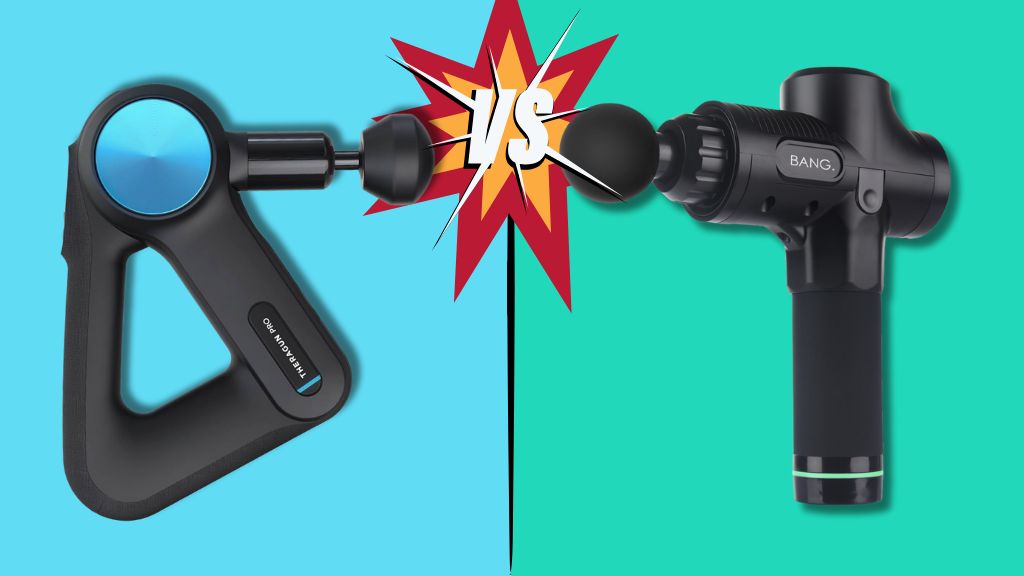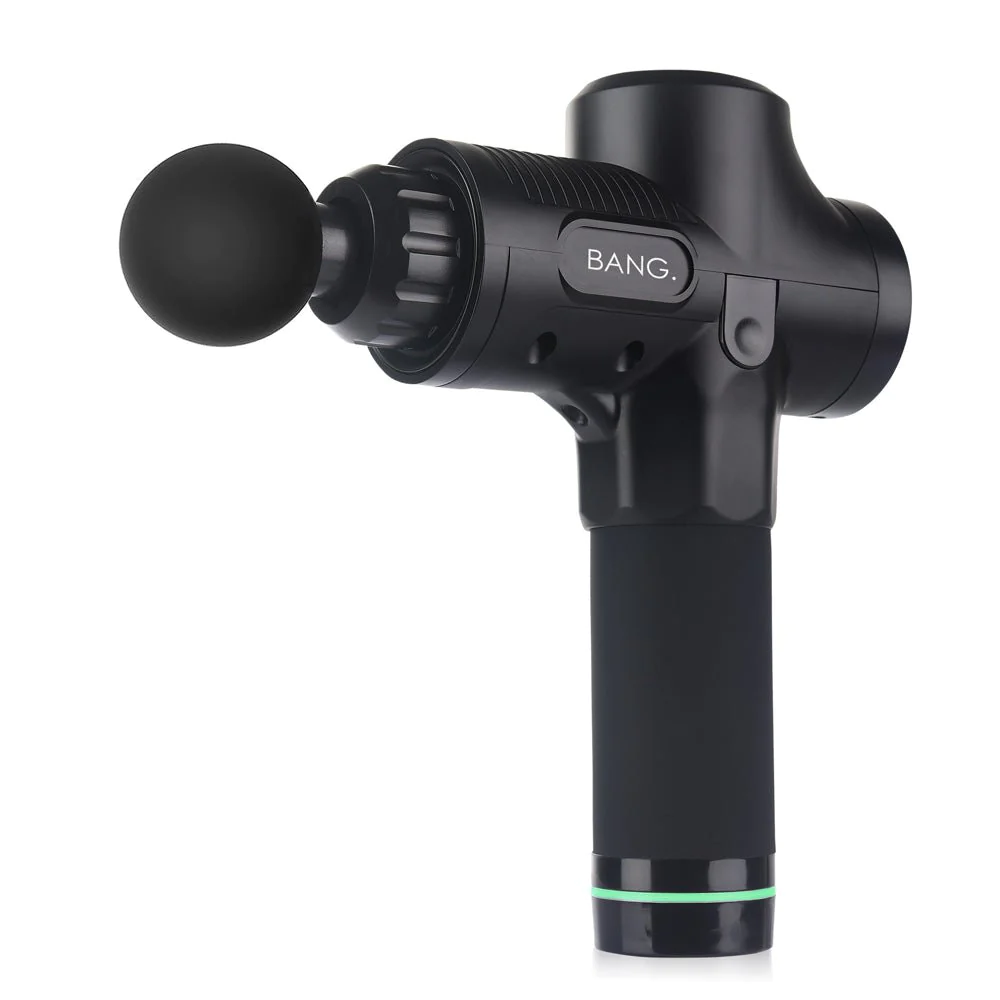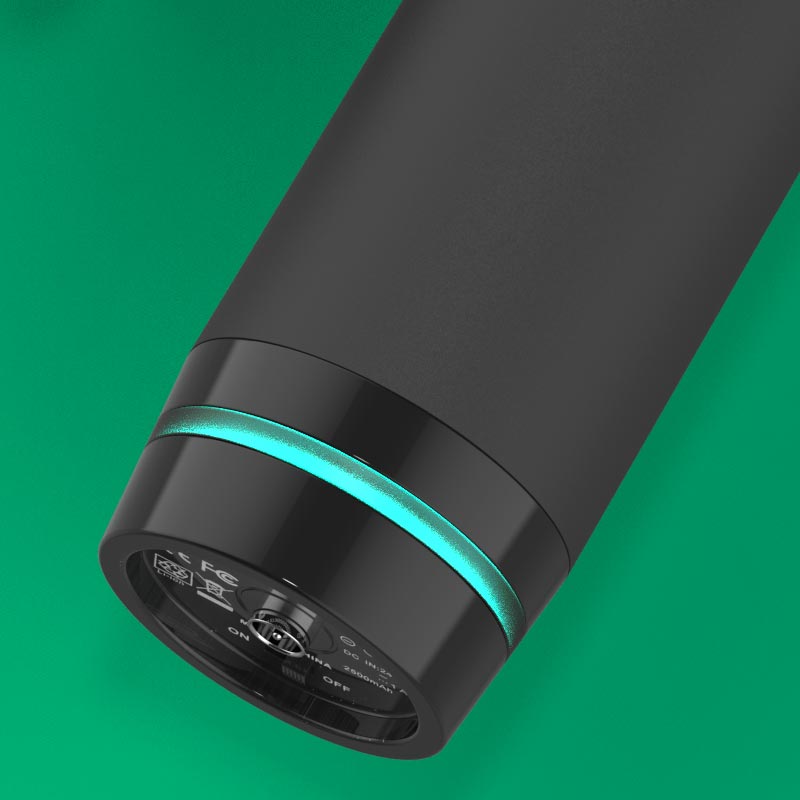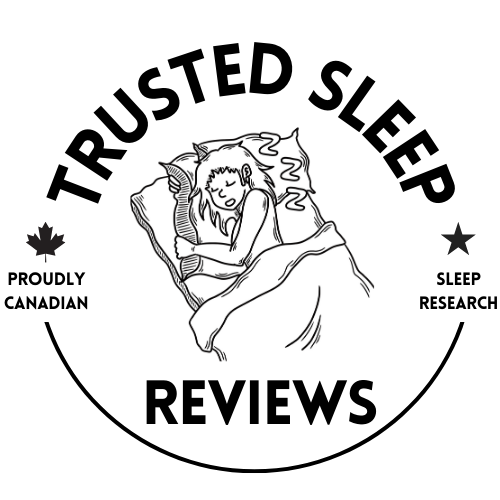
Two of Canada’s top-of-the-line percussion massage guns — the Theragun Pro (5th Generation) and BANG PRO — face off in a battle for the ages, er…. aching muscles.
Massages are commonplace for professional athletes like runners, cyclists and basketball players, but for the rest of us, they’re still a luxury. The good news is, there are tools you can buy to mimic a massage — and they’re easy to use. The BANG PRO Massage Gun ($159 CDN) and Theragun PRO (5th Generation) ($649 CDN) are the two highest-profile percussion massage guns on the market right now — and these top-of-the-line products from the top names in recovery are ripe for a head-to-head comparison.
Which Brand Makes the Best Recovery Tool?
To figure out whether Bang or Theragun is right for you, we compared the newest model from each brand on four factors — design, charging, performance and price.
- Spoiler alert: All things being equal, we prefer the BANG PRO for it’s price-to-performance ratio, user-friendly intensity settings, and attachments. Theragun is beautiful to look at (looks like Apple designed it), but 🇨🇦 Canadian penny pinchers, beware — Theragun is 3x more expensive than the competition.

Winner: BANG PRO Massage Gun
$159 CAD
(Boxing Day
45% off + Free Massage Ball)
The BANG Massage Gun, meanwhile, isn’t just cheaper — it’s actually more powerful, too, topping out at 3,200 percussions per minute (the Theragun PRO maxes out at 2,400 PPM). It also offers a steady stream of power regardless of battery life, while the Theragun PRO sees diminished performance as the battery drains.
At $649, Theragun will likely fall outside of many people’s budget, and for the performance – it’s not worthy of such a high price point; Theragun does endorse famed soccer player Cristiano Ronaldo, which is pretty impressive.
The Winner

BANG PRO Massage Gun
bangmassagegun.ca
$159 CDN + Free Massage Ball + Shipping
How We Tested the Guns
Test 1: Design


The Theragun PRO’s on/off button is user-friendly and in a logical spot, and the ergonomics of the handle make sense. The four different angles of the arm also provide added range, so it’s easier to hit upper back muscles. While there are five built-in speeds (1750 to 2400 PPM), you can also customize it via the Bluetooth-connected app to any speed within that range. The look may have you thinking you’re about to re-do a deck, but the smooth design fits great in the hands.
While its form factor is similar to previous editions — with a closer resemblance to, say, Thor’s hammer — BANG is notably more streamlined, making it easier to hold and move. Operation is also more user-friendly: flip the on/off switch at the base of the handle, then simply turn a dial on the back to seamlessly toggle through the speeds (1600 to 3200 PPM).
The Theragun PRO comes with a carrying case that also accommodates six attachments, two rechargeable Lithium-ion batteries and a charging cable (all included).
BANG comes with a carrying case for its six attachments, the whole unit, plus a charging cable and fast charger. The brand does not currently offer a charging base, but says one will be available next year.
Both products feature handy lights on the back (plus, in the BANG’s case, at the base of the handle) that indicate battery life, force applied and speed selected. And both are small and solid enough that they can easily be thrown in your gym bag — without a carrying case. The Theragun PRO weighs 2.9 pounds, just a bit more than the BANG, at 2.6 pounds.
Best Design: Theragun PRO
While we are impressed with the improvements BANG has made over earlier editions, the Theragun PRO still gets the nod for its natural ergonomics and intuitive interface.
Test 2: Charging


BANG features a removable battery (pull a tab and you can detach the entire handle housing it). You get one battery with purchase, and replacements are available for purchase.
As previously mentioned, the Theragun PRO comes with two Lithium-ion battery packs — both of which look like they belong on a workbench — plus a battery charging cable. Similar to a power drill, the battery slides in and out of the larger handle. The benefit here is that when one battery dies, you can swap it out for the other.
The Theragun PRO offers 150 minutes of battery life per charge (300 if you count both batteries), while the BANG offers 360 minutes (6 hours). Not unlike a power tool, Theragun starts to slow down after a lot of continuous use and/or when its charge level dips below 50 percent. BANG, on the other hand, supplies steady power even as its charge level drops – and BANG’s battery last more than twice as long.
Best Charge: BANG PRO
Another close contest. While we love Theragun PRO’s dual-battery system, BANG claims the edge for long, more consistent power flow.
Test 3: Performance


Larger muscles like glutes, hamstring and quads can handle the higher levels of intensity on both BANG and Theragun PRO, while smaller muscles, like calves, call for lower levels and a light touch. Your body feels vibrations differently, mostly depending on receptors from your brain, so both massagers take some getting used to, especially if you have never used one before.
Some of what follows reiterates earlier notes, but it also allows us to really dig into the performance differences between these two products.
BANG offers six head attachments and 99 pre-set speeds (which fine tune the RPM range from 1600 to 3200) and a dynamically changing amplitude — essentially, the distance the shaft moves in and out — of 12 millimeters.
The Theragun PRO pairs with the Therabody app, allowing you to further customize the vibrations, selecting any speed between 1,750 to 2,400 PPMs. It also offers six head attachments, four head angles and an amplitude of 16 mm.
BANG holds a slight edge in top speed, 3,200 RPMs. Both brands have taken pains to make their products run less loudly at any speed. Theragun calls its tech QuietForce while BANG goes with WhisperGlide. While the two guns are hardly silent, BANG is slightly less resonant.
Best Performance: Theragun PRO
Again we love the strides made by BANG PRO with its product, but Theragun PRO wins out for its greater range of angles and deeper amplitude.
Test 4: Price


It’s impossible to ignore the fact that the Theragun PRO costs significantly more than BANG: $649 vs. $159.
The features and value-adds outlined in the previous categories clearly play a role here. Theragun PRO offers a bit more and is more than willing to charge for it. Some of these traits, such as the more advanced performance features and extra battery, help justify the additional cost, albeit slightly. Other value-adds deserve some skepticism however: does getting an extra battery justify a 4x price increase? Extra batteries for BANG retail for just $59.
Given that BANG PRO has a stronger motor, offers higher RPM and a price 70% less expensive, the winner for price/performance is clear….
Best Price: BANG PRO
BANG claims this category for going much easier on your wallet — a full $490 cheaper.
Why BANG Ultimately Wins
The results here kind of speak for themselves, and you can prioritize accordingly. If ergonomic design and brand appeal are paramount, the Theragun PRO is your choice. If over-the-top power, exceptional battery life & price point are key, the BANG PRO is ideal. You can’t go wrong with either, but when push comes to shove and we must choose the best value for your money, it’s gotta be the considerably more affordable BANG PRO Massage Gun.


Pingback: Pro Massage Therapy: How does Massage help your Recover After a Workout? – BANG Massage Gun
How long do the batteries last and what is the replacement costs?? (Bang gun)
We got the Bang massager – took it out charged it for 2 hours and gave it a go. I couldn’t wait! My husband and I are not disappointed, this thing is something else. The massage gun totally hit our pressure points and super tense shoulders. The neck and spine attachments were also surprisingly on point, which allowed us to have a great night’s sleep without any pain! Well, all I can say is that this device works wonders on my back problems. The battery life seems to be incredible too! My husband saw how much better it has made me feel and said his lower spine felt looser as well so he decided to buy one too. Great purchase decision makers out there – don’t waste time with anything less than 100% satisfaction and this is it, guaranteed.
Just get the BANG. It does exactly what you need it to do for like a quarter of the price. I’ve got a bang and i’ve tried the theragun… Theragun is just a name brand at this point that’s full of themselves. This comparison is not needed.
Take this from me, a woman who is about to turn 37. I’ve had two hip surgeries within the past few months. I suffered from labral tears, FAI (femoral acetabular impingement), sciatica and Piriformis Syndrome among other things that have plagued me since childhood but couldn’t really diagnose what was wrong until now. After using the BANG massage gun at physical therapy last week though…it all became clear! It came with many different attachable pieces which helped focus my treatment on certain parts of body–especially those injuries most affected by them like shoulders or hips for example-but also made sessions more effective than ever before because there’s nothing quite like getting deep tissue relief where you need it most. Its worth the money and it has definitely helped in ways I did not see possible 10/10
I’ve got a theragun. Never used the competition.
The theragun is seriously noisy, but yes it does the job. Is it as good as a skilled practitioner? Nope. But it is a lot more convenient. Can it do everything? Nope (like, you aren’t going to be hitting your psoas with this thing). But it’s good at what it does. Will it save you money? Definitely Not. This thing costs a fortune. But you’ll get decent treatment with it. 6/10